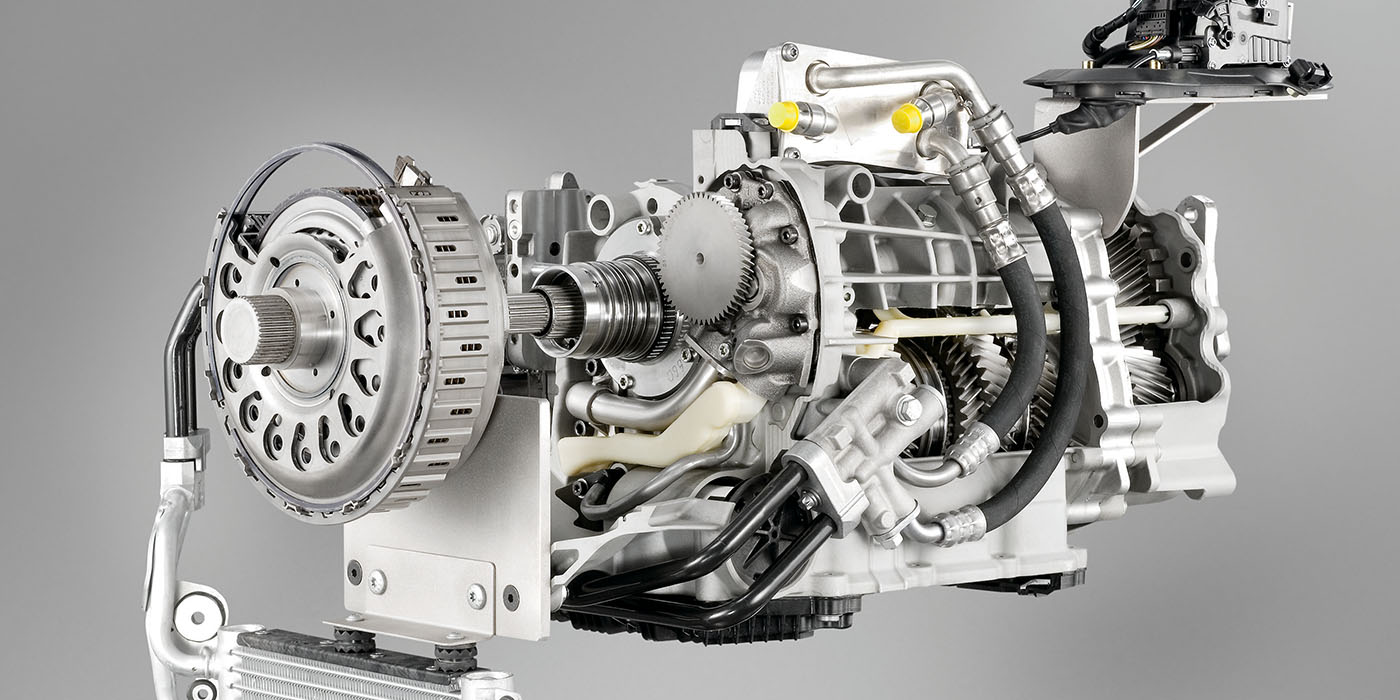
Your shop may have the opportunity to save a life every day — it could happen in the alignment bay, quick lube lane and even the front office. It is an opportunity to tell your customers you care about their safety. So, what is this opportunity? Checking to see if their vehicle is involved in the Takata airbag recall.
All you need is a VIN and the website www.nhtsa.gov/recalls or AirbagRecall.com to check which airbags need to be replaced under the recall. Check your own vehicle, and you might be surprised.
Time is critical with this recall because some vehicles have a 50 percent chance of injuring the driver if the airbags inflate. Also, as more airbags age, the potential for catastrophic inflator failure increases on all of the vehicles named in the Takata recall.
As media coverage has waned, less consumers are being informed about an important issue that’s paramount to their safety, especially in the event of airbag deployment.
ROOT CAUSE
The affected Takata airbags performed as designed when installed at the factory. Once on the road, the chemical in the propellants changed. The cause of the problem is the ammonium nitrate propellant in the inflator and the lack of a chemical drying agent. As the airbags aged, the propellant became unstable due to fluctuations in temperature and humidity. When the propellant ignites, the pressure generated is higher than expected. The extra force causes the inflator’s housing to rupture and the metal fragments to launch at the occupant.
The longer recalled airbags stay in a vehicle, the higher the chance for fragmentation of the housing. This is why the list of vehicles included in the recall has more than doubled in the past three years, and will grow as vehicles with the defective inflator chemistry age and change.
ALPHA CARS
The cars that have the highest risk to drivers are called “Alpha” vehicles. The vehicles listed below have the highest potential to injure an occupant and were some of the first vehicles recalled when Honda took the bold initiative to issue the first recall in 2008.
2003 Acura CL
2002-’03 Acura TL
2001-’03 BMW 3 Series E46
2006 Ford Ranger
2001-’02 Honda Civic
2001-’02 Honda Accord
2002 Honda CR-V
2002 Honda Odyssey
2003 Honda Pilot
2000-’03 Lexus SC430
2002-’07 Mazda6
2002-’07 Mazda RX8
2006 Mazda B-Series
2000-’04 Toyota Corolla
2002-’03 Toyota Echo, Rav4
All Alpha vehicles were manufactured between 2000 and 2008. Alpha inflators have an inflator rupture rate of as high as 50 percent, according to NHTSA and Takata. Also, nine of the 15 confirmed U.S. fatalities due to ruptures were Takata Alpha airbags.
COMMUNICATIONS BREAKDOWN
The Takata recall has fallen out of the mass media news cycle. After four years, the guilty executives are in jail and Takata as a company no longer exists. Media coverage on the Takata recall in local and national media outlets has slowed to a trickle. In addition, the Takata recall stories are not popping up in customers’ social media news feeds.
According to the National Highway Traffic and Safety Administration (NHTSA), it is easy for owners to fall through the cracks of the traditional recall system and they are looking for new ways to contact customers.
“To keep consumers safe in their cars and trucks, automakers should learn from their recall experiences to-date and from one another, and innovate broadly and creatively when crafting plans to better engage with consumers and communities to replace every last defective airbag in their vehicles,” said NHTSA Deputy Administrator Heidi King.
Your shop and staff might be your customer’s only connection with their vehicle. They trust that you will do everything to keep their vehicles safe. By checking a VIN at www.nhtsa.gov/recalls to see if the Takata recall has been completed, you are taking the relationship to the next level.
Most automakers are reporting a 60 percent completion rate, but millions of vehicles are still on the roads. Ford has gone as far as issuing a “Do Not Drive” warning to owners of 2006 Ford Rangers and have tasked dealers to track down vehicles. Ford even created an incentive program for the service department to prioritize recall work.
Local DMVs and Honda have sent employees to track down vehicles and owners by canvassing neighborhoods where large numbers of Alpha vehicles are registered. BMW has built a network of mobile service dealers to perform recall work at customers’ homes or places of work.
These efforts by the OEMs are in stark contrast to four years ago, when customers had to wait for parts, loaner vehicles and even technician training. Today, many automakers have built up inventories of replacement airbags and technicians are now trained to quickly carry out the recall. In some cases, the inflators can be replaced while the customer waits.
I know what you are thinking, “Why should I send my customer to a dealership?” But, the value of the customer’s life is far more valuable than the slim chance that they might leave your shop.















